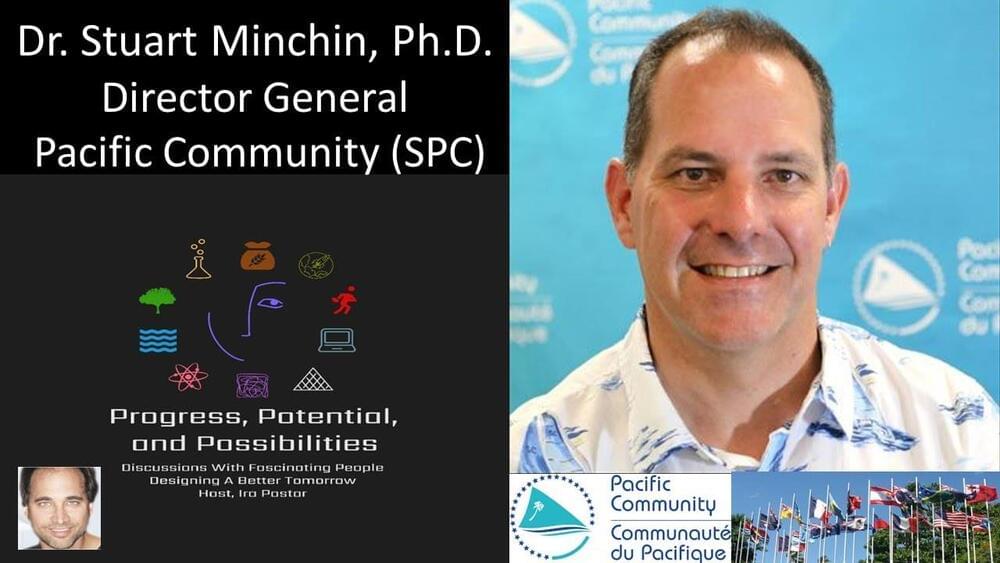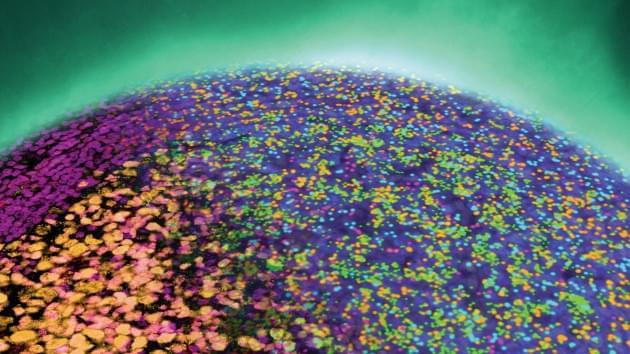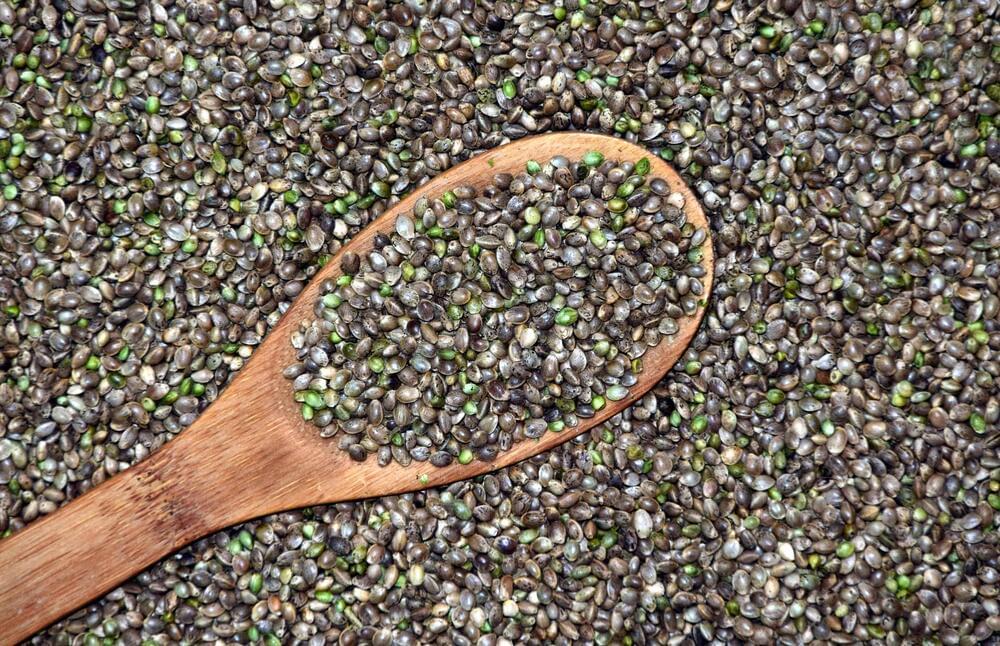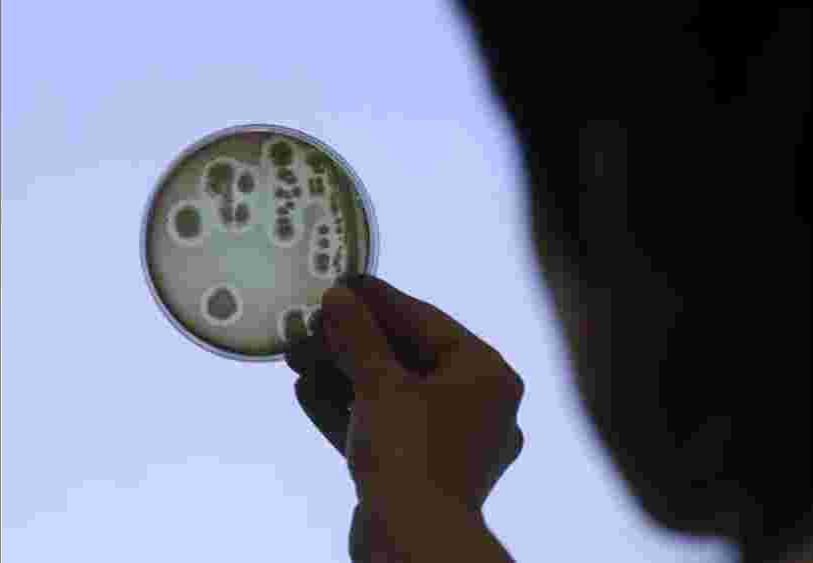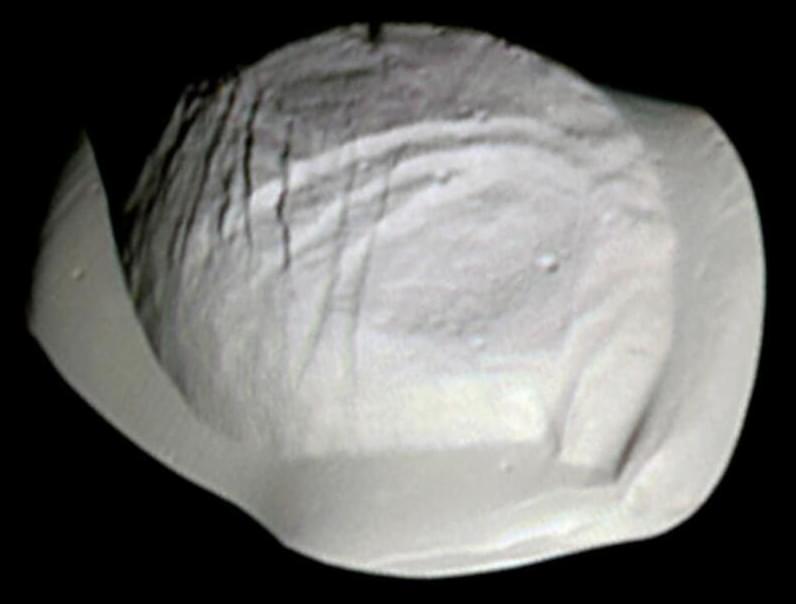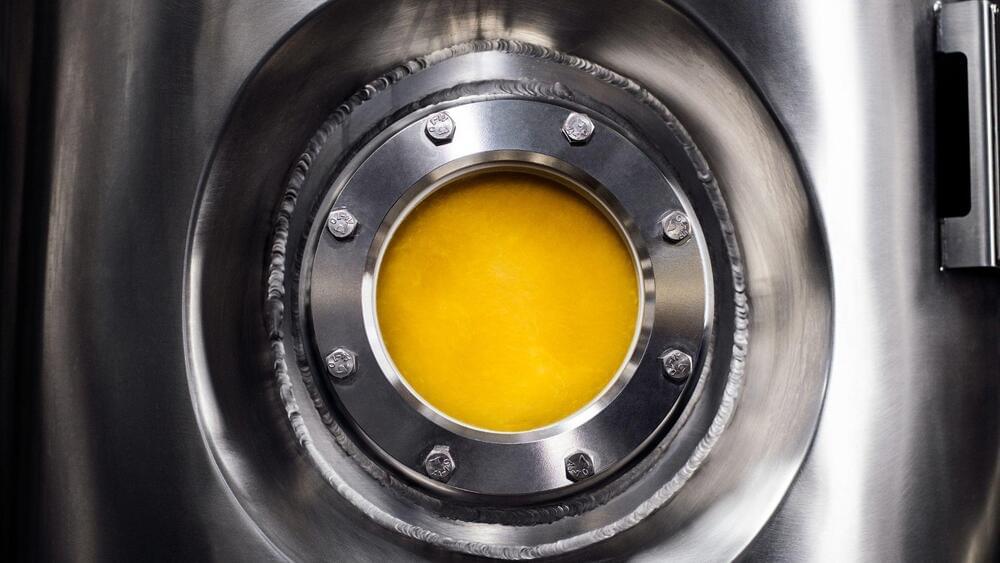Jan 5, 2023
Dr. Stuart Minchin, Ph.D. — Sustainable Pacific Development Through Science, Knowledge & Innovation
Posted by Ira S. Pastor in categories: biological, chemistry, education, food, health, science, sustainability
Is the Director General of the Pacific Community (SPC — https://www.spc.int/about-us/director-general) which is the largest intergovernmental organization in the Pacific and serves as a science and technology for development organization owned by the 26 Member countries and territories in the Pacific region.
SPC’s 650 member staff deliver services and scientific advice to the Pacific across the domains of Oceans, Islands and People, and has deep expertise in food security, water resources, fisheries, disasters, energy, maritime, health, statistics, education, human rights, social development and natural resources.
